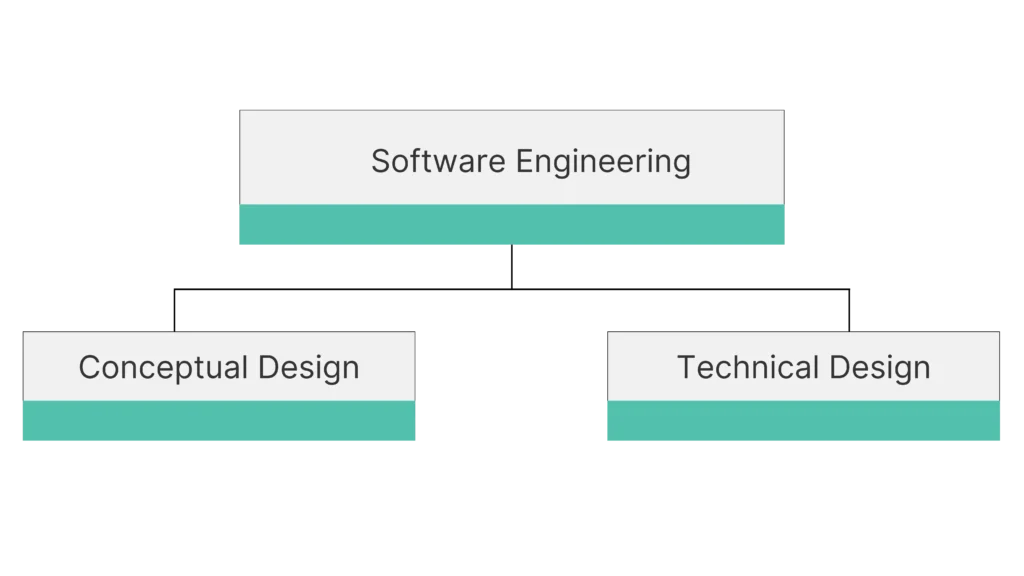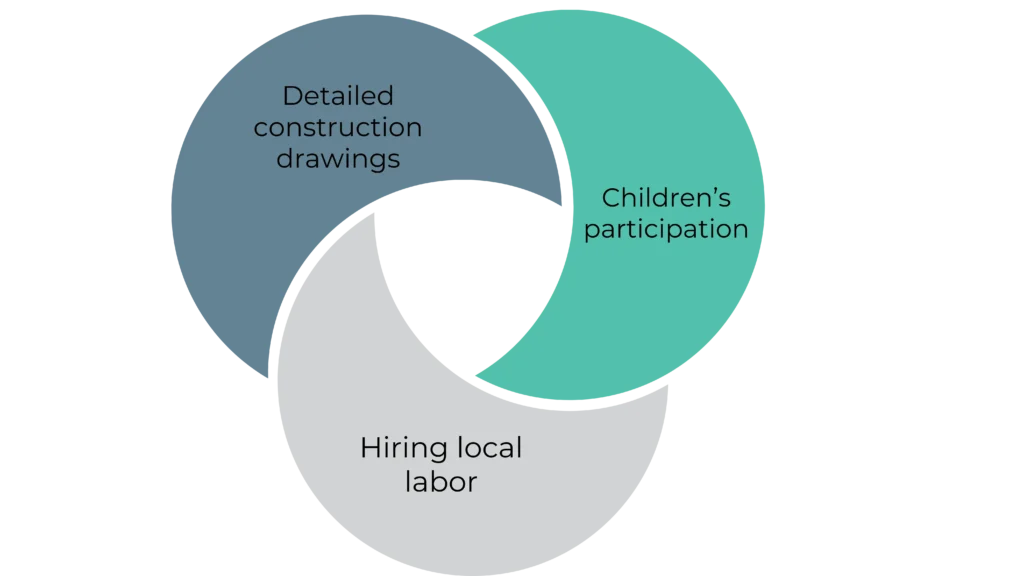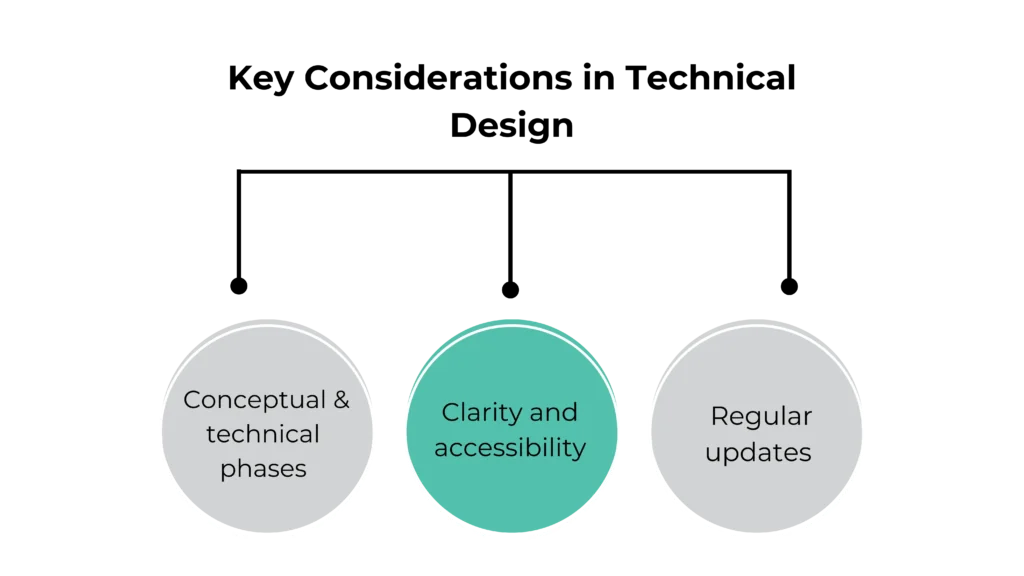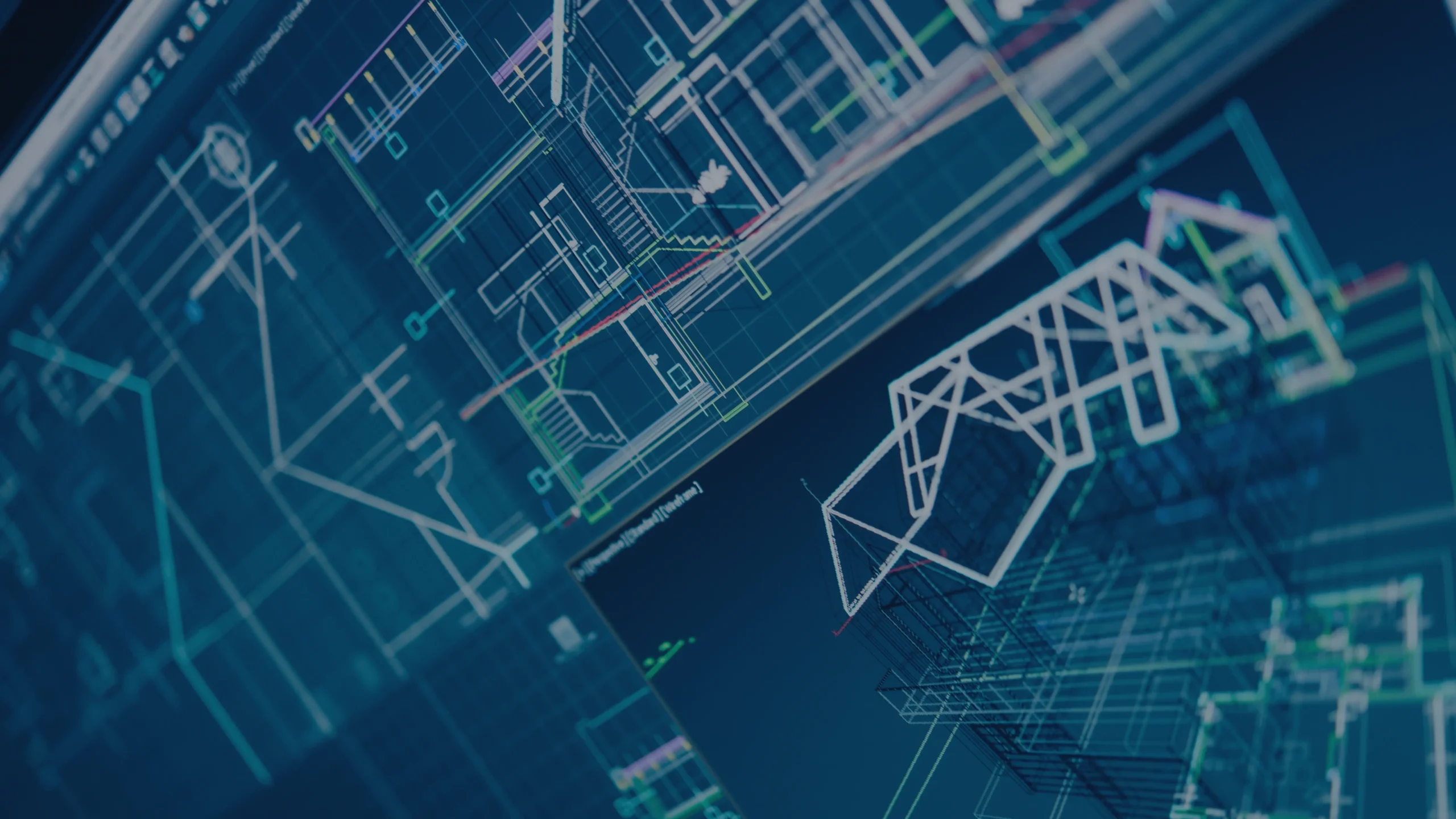When bringing an idea to life, whether it’s a software system or a construction project, technical design plays a crucial role. It bridges the gap between concepts and execution, ensuring that the final product functions as intended. Without technical design, projects can lack direction, leading to confusion, inefficiencies, and costly errors. Having worked on multiple projects where unclear technical design led to major roadblocks, I’ve learned firsthand how crucial it is to have a solid plan before diving into execution. This blog will explore what technical design is in software development.
What is Technical Design?
Technical design is the detailed blueprint that guides a project’s implementation. It translates conceptual ideas into actionable steps, ensuring clarity for developers, architects, and builders. Think of it like a recipe, while conceptual design decides what dish you’re making, technical design provides the exact ingredients, measurements, and cooking steps. I recall a time when a project I was working on had a brilliant concept but lacked detailed design, leading to multiple reworks and wasted effort.
Technical Design in Software Engineering

Technical design in software engineering defines how a system will function and operate at a granular level. It involves everything from interface specifications and data structures to algorithms and system architecture.
Conceptual Design vs. Technical Design
Understanding the difference between conceptual and technical design is key:
- Conceptual Design: The high-level plan that outlines what the system should do, written in customer-friendly terms. It defines user needs, system behavior, and key features.
- Technical Design: The detailed breakdown of how the system will function, providing instructions for developers on implementing the solution.
Role of a Technical Design Document (TDD)
A Technical Design Document (TDD) serves as the project’s roadmap, ensuring everyone is on the same page. It includes:
- Interface design (input/output data, structures, exceptions)
- Class models (methods, attributes, dependencies)
- Algorithms and logic flows.
- Physical data models (entities, attributes, types)
Before development begins, the IT project sponsor must approve the TDD to ensure it aligns with business goals. I remember working on a project where skipping this step led to a lot of confusion down the road, forcing the team to backtrack and revise large portions of the codebase.
Technical Design in Construction

Technical design in construction translates architectural concepts into practical building instructions. This phase typically involves engineers and architects who create construction drawings and ensure that designs can be effectively executed by builders.
Key Aspects of Construction Technical Design
- Detailed construction drawings: Essential for builders, especially when using local labor.
- Hiring local labor: Helps boost the local economy and streamline construction, but requires designs that are easy to understand.
- Children’s participation: If children are involved in structured building activities, drawings should be simplified to match their age and understanding.
On one occasion, I had the opportunity to collaborate on a community project where we had to adjust our technical drawings for volunteers with little construction experience. This made me realize how crucial it is to create documentation that is accessible to all skill levels.
Understanding the transition from conceptual to technical design is crucial, learn how it connects to Prototyping vs. Production Development.
Key Considerations in Technical Design

Whether in software or construction, a great technical design ensures:
- Continuity between conceptual and technical phases to avoid misinterpretation and major last-minute changes.
- Clarity and accessibility, making sure all stakeholders from developers to builders, can understand and apply the design effectively.
- Regular updates whenever changes occur, ensuring accurate documentation at every project stage.
From personal experience, failing to update technical design documentation has led to avoidable delays and misunderstandings. A lesson learned the hard way was during a SaaS project where an un-updated TDD led to conflicting implementations across different teams.
For a seamless digital experience, understanding technical design is crucial. Learn how to apply these principles in custom website design from scratch.
Conclusion
Technical design isn’t just about diagrams and documentation—it’s the foundation of a successful project. From defining interfaces to ensuring clarity in construction drawings, every step matters. A solid technical design bridges the gap between conceptual ideas and real-world implementation, reducing risks and improving efficiency. Whether you’re planning software development or a construction project, getting the technical details right is crucial. Need expert guidance to streamline your technical design process? Contact BugsLink TECH today.
FAQs
What do you mean by technical design?
Technical design is the detailed blueprint of how a system, software, or structure will function, ensuring precise implementation.
What does a technical designer do?
A technical designer creates detailed plans, blueprints, or system architectures that guide development, and ensures feasibility and functionality.
What is the technical definition of design?
Design is the structured process of creating detailed plans that ensure a system, product, or structure meets functional and operational needs.

